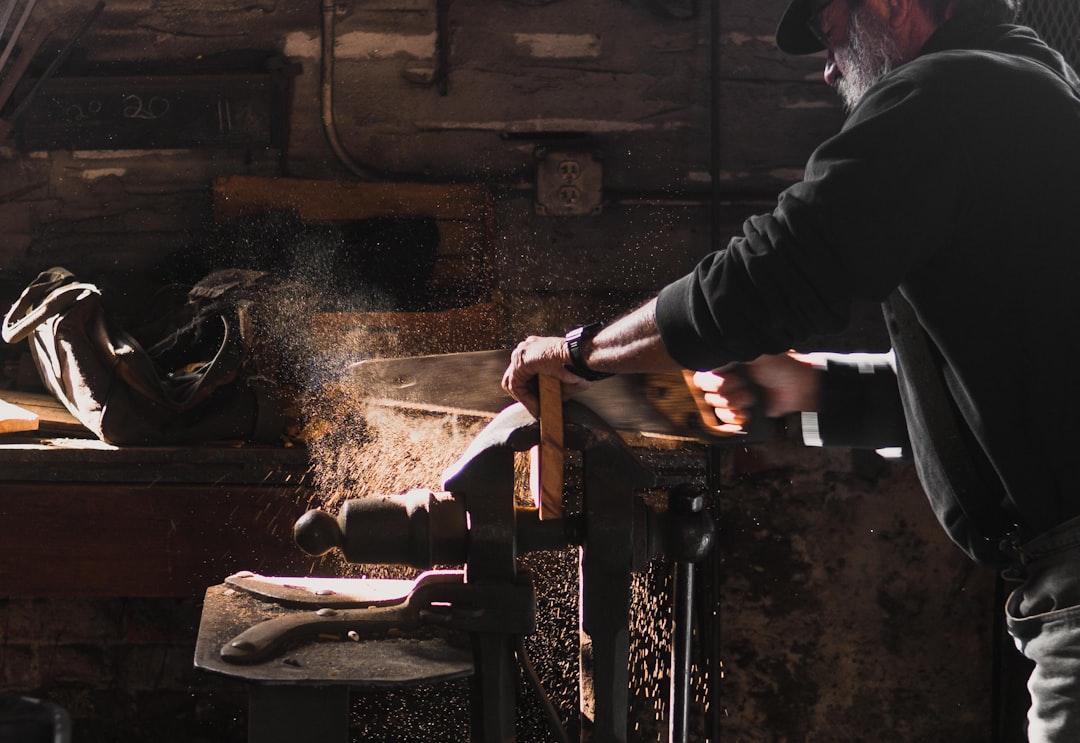Coffee is more than just a beverage; it is a ritual, a comfort, and for many, an essential part of daily life. At the heart of this beloved drink are coffee beans, the seeds of the Coffea plant, which undergo a fascinating journey before they reach your cup. Understanding this journey not only enhances our appreciation of coffee but also informs our choices as consumers.
The journey begins on coffee farms, primarily located in regions known as the coffee belt, which includes parts of Central and South America, Africa, and Asia. Here, coffee plants thrive in the ideal climate, characterised by rich soil, ample rainfall, and the right altitude. Farmers cultivate two main types of coffee beans: Arabica and Robusta. Arabica beans are known for their smooth, nuanced flavours, while Robusta beans tend to be stronger and more bitter.
Once the coffee cherries are ripe, they are harvested, either by hand or using machinery. This is a critical step, as the quality of the beans is heavily influenced by the harvesting method. After harvesting, the cherries must be processed quickly to prevent spoilage. There are two primary methods of processing: the dry method, where cherries are sun-dried, and the wet method, which involves removing the pulp and fermenting the beans. Each method imparts distinct flavours to the coffee, showcasing the importance of processing in the overall taste profile.
After processing, the beans are hulled to remove the outer parchment layer, then sorted and graded based on size, weight, and quality. This meticulous sorting is essential, as it ensures that only the best beans are selected for roasting. The green coffee beans are then packaged and shipped to roasters worldwide. For those interested in the nuances of different coffee beans, exploring various roasting techniques can reveal a plethora of flavours and aromas.
Roasting is where the magic truly happens. The green beans are subjected to high temperatures, causing chemical reactions that develop their flavours. Roasters often experiment with different roast levels, from light to dark, each bringing out unique characteristics in the beans. Light roasts tend to preserve the beans’ original flavours, while dark roasts have a more robust, smoky taste. This is an exciting aspect of coffee culture, as it allows enthusiasts to explore and discover their preferences.
Once roasted, the beans must be ground to prepare for brewing. The grind size is crucial, as it affects the extraction process during brewing. For instance, a coarse grind is ideal for a French press, while a fine grind is necessary for espresso. Understanding the grind size can significantly enhance the flavour of your coffee.
Finally, the brewed coffee is ready to be enjoyed. Whether you prefer a simple black coffee or a more elaborate espresso-based drink, the journey of the coffee beans has culminated in a delightful experience. For those who wish to delve deeper into the world of coffee, exploring the different types of coffee beans and their origins can provide valuable insights into flavour profiles and brewing methods.
If you’re interested in sourcing high-quality coffee beans, consider visiting Maker Coffee, where you can learn more about the journey of coffee from farm to cup. Additionally, you can explore various types of coffee beans and their unique characteristics at Our Coffee page.
In conclusion, the journey of coffee beans is a complex and captivating process that transforms simple seeds into a cherished beverage. By understanding this journey, we can appreciate the craftsmanship and dedication that goes into every cup of coffee we enjoy. So, the next time you sip your favourite brew, remember the journey those coffee beans have taken to reach you.








